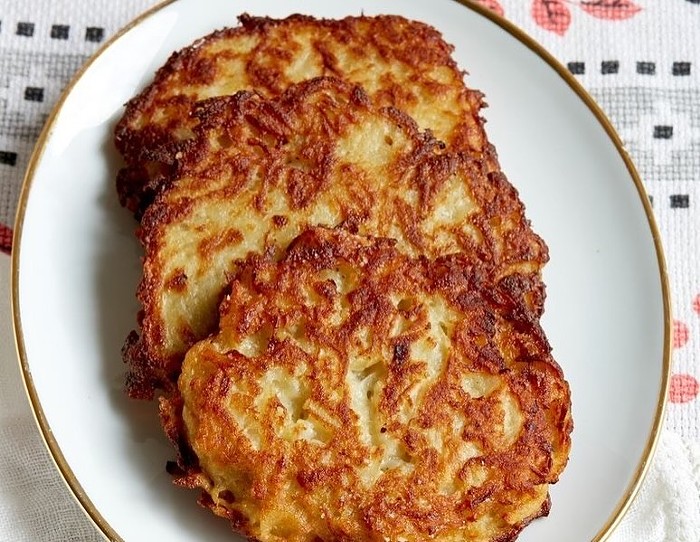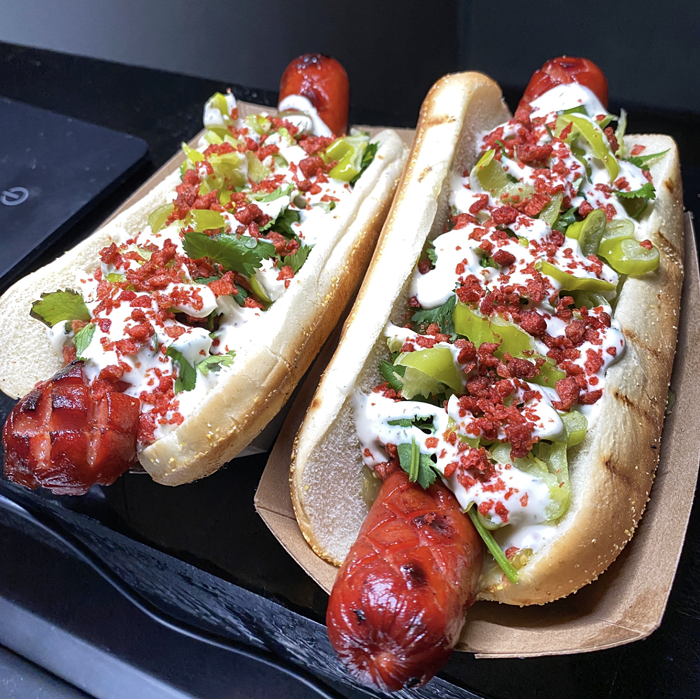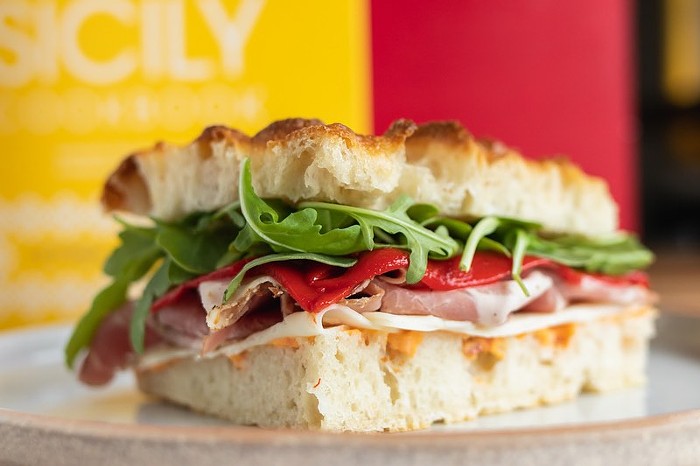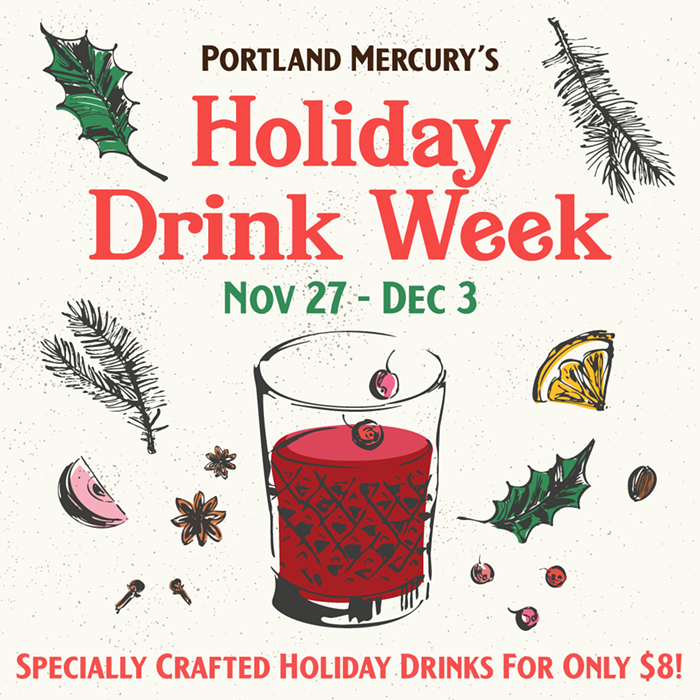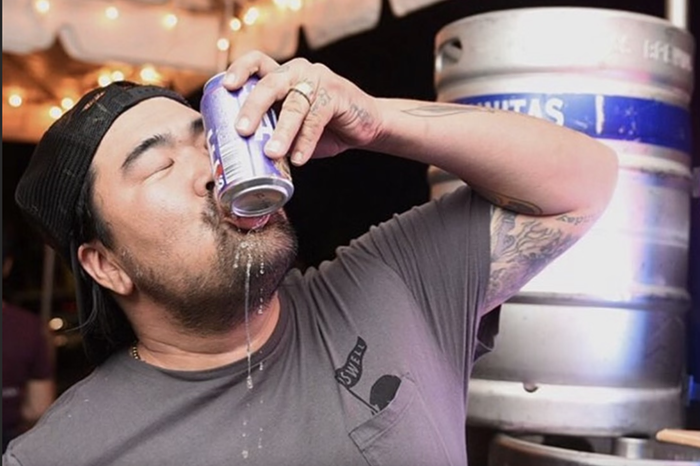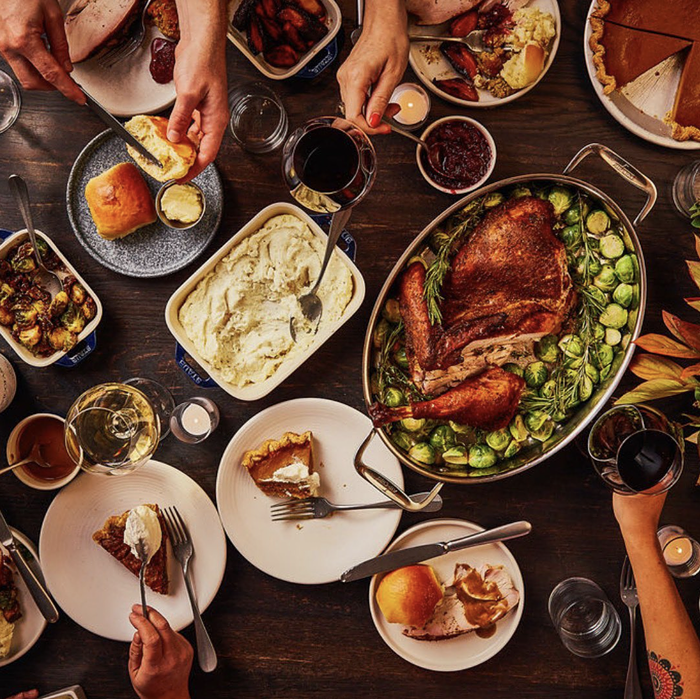FRESH HOP BEERS are somewhat analogous to Beaujolais nouveau wines in that they’re the freshest possible beer you can get. The Northwest is basically the Beaujolais region of the hops world. What exactly is a fresh hop beer? It’s any beer spiced with resinous hop cones fresh off the bine (vines are for grapes) rather than kiln-dried to be preserved for the rest of the year. They must be so fresh, in fact, that if the still-moist flowers aren’t added to the kettle within 24 hours (ideally within four hours, given their volatility), you’ll end up with something closer to cabbage soup than tasty, tasty beer.
While there’s certainly nothing wrong with malty Märzens (AKA Oktoberfestbiers), and pumpkin beers can be a guilty pleasure, this is the very best time of year to be a beer lover, and we’re living in the very best place to be one. You don’t exactly see fields teeming with hops in Florida, or even San Diego.
The brewers themselves typically head to their nearest hop farms—Goschie Farms or Crosby Hop Farm, both near Salem, are popular—to be present as the pungent, piney, green-gold cones are picked so they can ensure the bounty of this harvest makes its way back to their respective brewhouses (where other brewers will have already mashed in and have the piping hot wort ready to receive its verdant li’l MVPs).
Sierra Nevada gets the credit for first using wet hops in its Harvest Ale in 1996, at least to any commercial degree, and each year the practice has grown not only in the level of exuberance these freshies are met with by consumers, but the styles of beer fresh hops find their way into. There are annual A-listers like Double Mountain’s Killer Red IRA and Killer Green IPA (using Pearl and Simcoe hops, respectively) and Laurelwood’s Workhorse IPA (starring Nugget hops). Newer marquee beers, such as Breakside’s Fresh Hop Simcoe IPA and Fresh Hop Cascade Wanderlust IPA, put their stars’ names above the title.
At the 13th Annual Fresh Hops Beer Fest taking place at Oaks Park September 30-October 1, at least 60 freshly hopped beers will be available. (The Hood River Hops Fest, also running since 2003, boasts over 75 beers and welcomes breweries from Washington, where the volume of Yakima Valley-grown hops trounces our own Willamette Valley... but that fest was last Saturday.) A third of all the beers pouring at the event are straight-up IPAs, but if it seems like that’d lend itself to homogeneity, the beauty lies in the nuanced expressions of putting fresh, hoppy feet forward. How will Alameda’s Simcoe Fresh Hop IPA and Fat Head’s Hop Stalker IPA (also made with Simcoes) differ from Uptown’s Fresh Outta Uptown IPA and Riverbend’s (from Bend) Straight Out of Crosby IPA? It’s not just that the first two utilize the more tropical tasting Simcoe while the latter two incorporate the grapefruit zest-laden Amarillos—it’s also that the Simcoe hops show off Sodbuster Farms’ terroir while those Amarillos hail from Crosby Hop Farm. In this era of everything being farm to fuck-all, no other beer experiences during the year truly highlight the hand these farmers play in our collective pints.
Fort George’s Fresh IPA “Wet Hop India Pale Ale,” also made with these same Amarillos, is one of the first canned and bottled examples to show up on shelves, and we can expect more through early October. Obviously, you want to drink these as soon after purchasing as possible rather than relegate them to the back of the fridge until you remember they’re there.
The thing about celebrating fresh hopped beers isn’t that they’re somehow “hoppier” or more dynamic, it’s actually that the bitterness, aromas, and flavors are softer, more subtle, and even less pungent. The freshness creates the nuance. It’s fresh broccoli over flash-frozen, even though the latter gets the job done. Whereas vegetal might be less desirable in certain beers throughout the year, ultra-green, bright, bine-ripened hops in your beer are as much about experience as they are taste.
